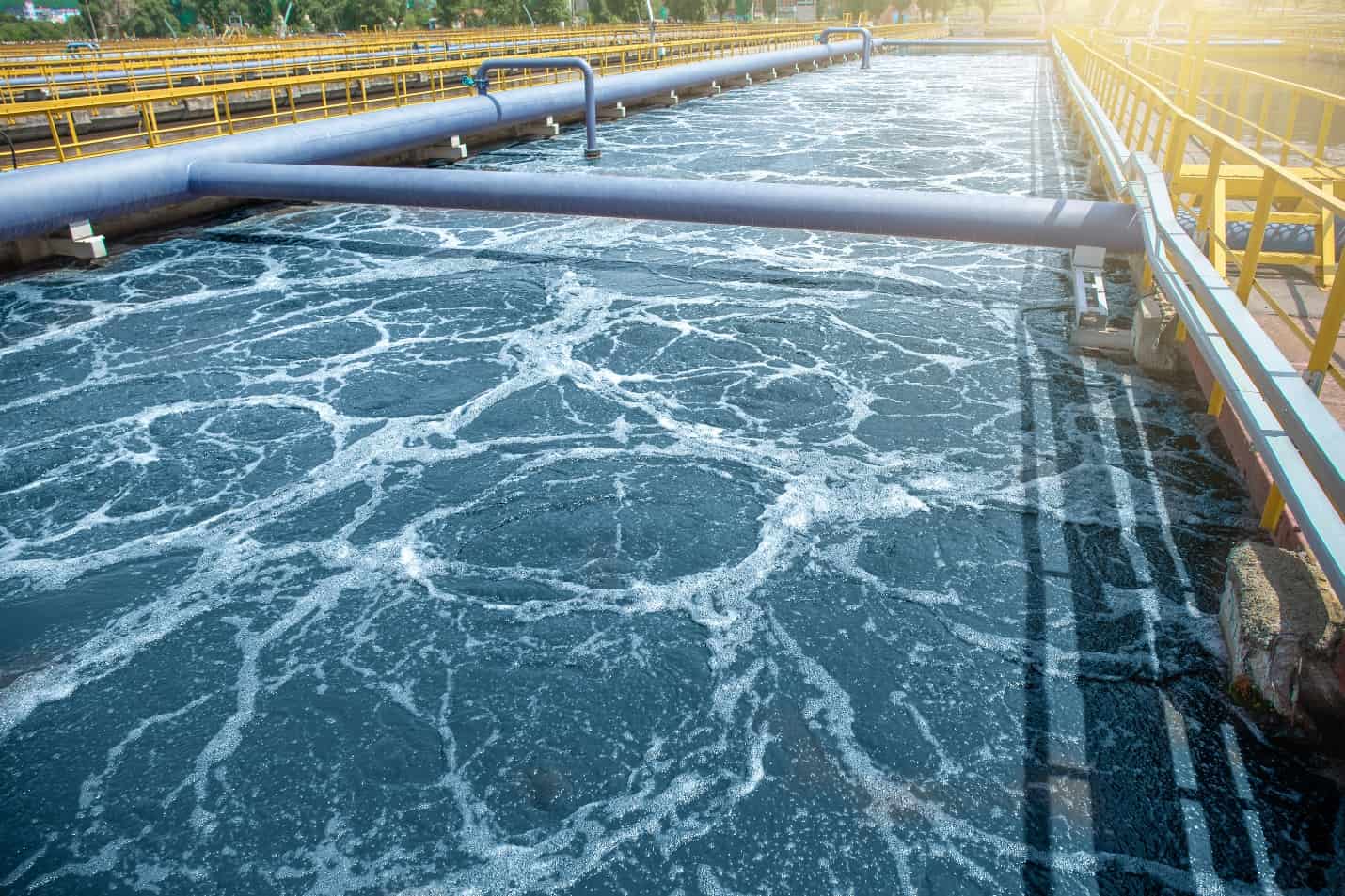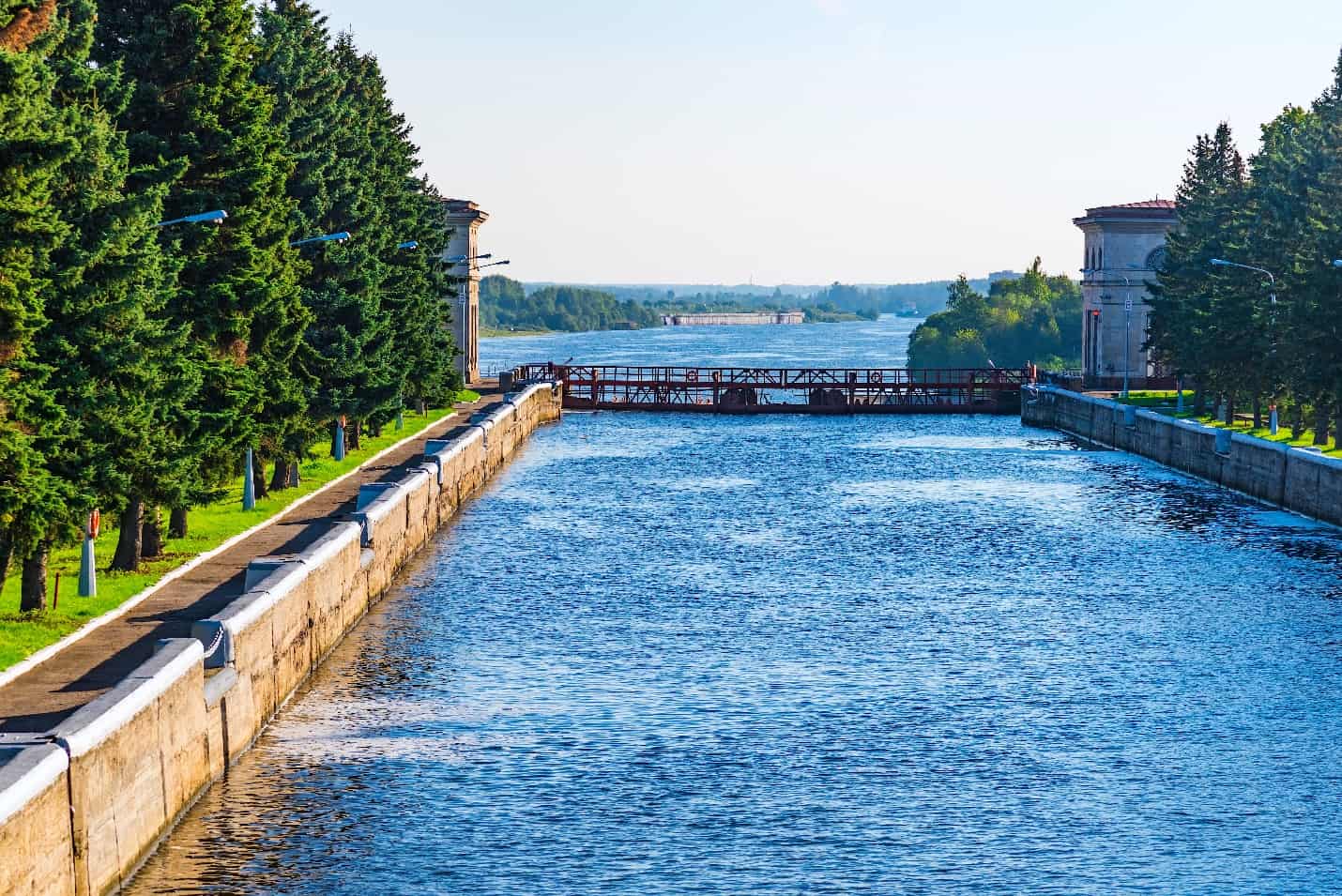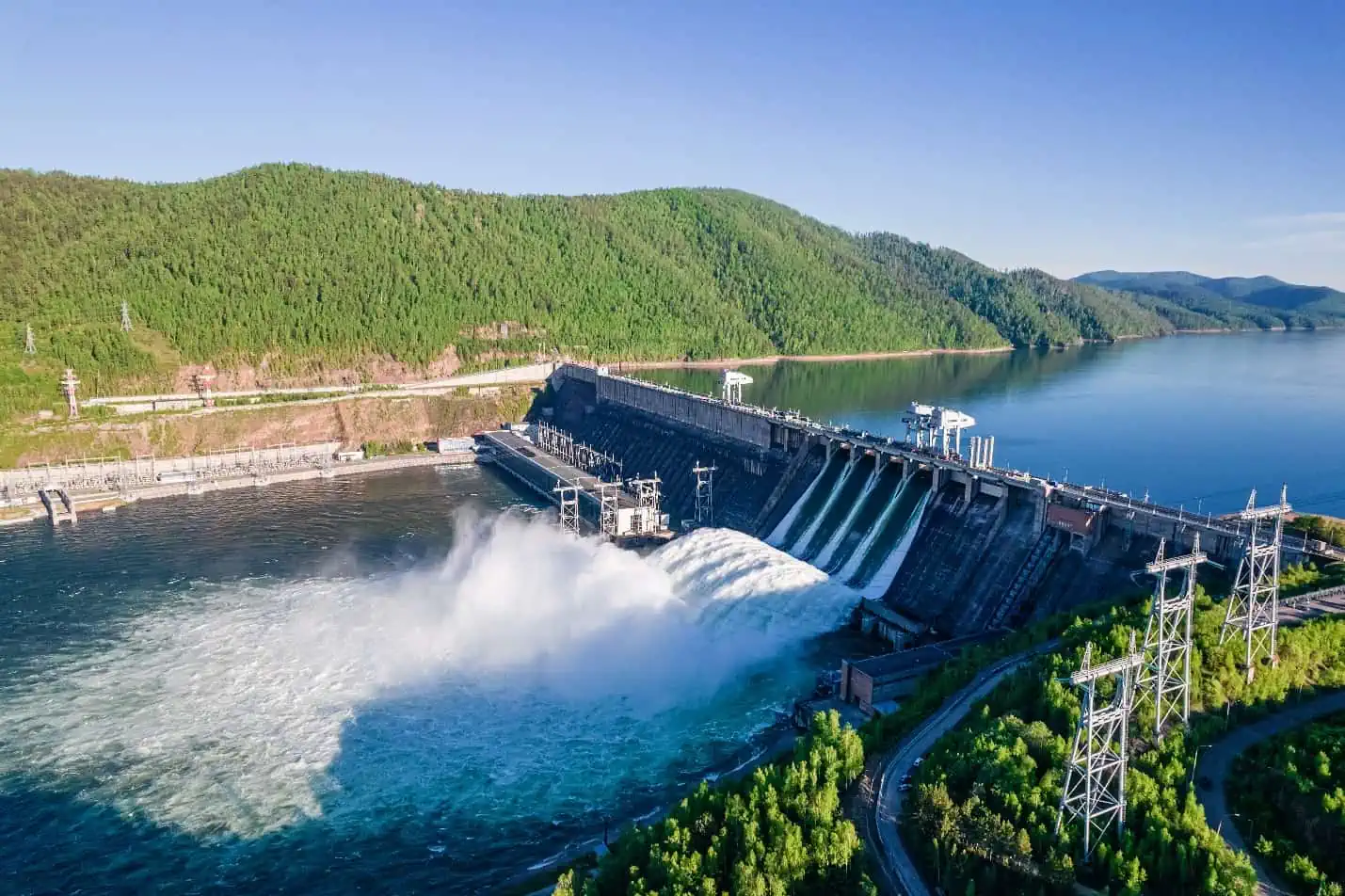Two primary categories of fluid motion are pipe flow and open channel flow. Pipe flow is the movement of liquid or gas within a closed conduit, such as a pipe or tube, under pressure. Open channel flow, on the other hand, occurs when fluid flows over an open surface, usually under the influence of gravity. The key distinction between pipe flow and open channel flow is the presence of a free surface.

Definition of Pipe Flow
Pipe flow is fluid flow within a closed conduit or channel, such as a pipe. It is characterized by several factors, including fluid velocity, pressure, the pipe’s cross-sectional area, and the internal roughness of the pipe. Pipe flow is an important topic in the design of water supply systems, wastewater management, and industrial processes.

In pipe flow, the fluid is confined by the pipe walls and completely fills the conduit throughout its length. This characteristic distinguishes pipe flow from open channel flow, which occurs when fluid flows within an open system such as a river, canal, or partially filled pipe. Pipe flow is often considered steady, meaning the fluid velocity and pressures remain constant at given points in the pipe.

Elevate Your Engineering With Excel
Advance in Excel with engineering-focused training that equips you with the skills to streamline projects and accelerate your career.
The most widely used equation for describing pipe flow is the Darcy-Weisbach equation, given by:
ΔP = f (L/D) (ρV²/2)
Where:
- ΔP is the pressure drop (Pa)
- f is the Darcy friction factor
- L is the pipe length (m)
- D is the pipe diameter (m)
- ρ is the fluid density (kg/m³)
- V is the fluid velocity (m/s)
This equation governs the relationship between the parameters affecting pipe flow, such as fluid velocity, pipe roughness, and the Reynolds number.
The Reynolds number (Re) is a dimensionless quantity that determines the flow regime and is calculated as:
Re = (ρVD) / μ
Where μ is the fluid viscosity (Pa·s).
Based on the Reynolds number, pipe flow can be classified as laminar or turbulent, with laminar flow exhibiting smooth streamlines and turbulent flow showing irregular, chaotic motion.
Definition of Open Channel Flow
Open channel flow refers to fluid flow, typically water, in a channel with a free surface on the top. This surface is commonly exposed to atmospheric pressure, and the flow is driven by gravity.

Open channel flow may be categorized into steady and unsteady flow. Steady flow occurs when the water depth, cross-sectional area, velocity, and discharge remain constant at a given location. On the other hand, unsteady flow is characterized by changes in these parameters over time.
The behavior of open channel flow is highly influenced by the channel’s shape, roughness, slope, and other characteristics. Some examples of open channel flows include natural streams and rivers, artificial channels such as irrigation canals, and stormwater drainage systems.
Manning’s equation is a commonly used empirical formula for estimating the velocity of water in open channels:
v = (1/n) * R^(2/3) * S^(1/2)
Where:
- v is the flow velocity (m/s)
- n is Manning’s roughness coefficient
- R is the hydraulic radius (m), defined as the flow area (A) divided by the wetted perimeter (P): R = A/P
- S is the channel slope, which is the change in elevation per unit length
Open channel flow analysis comes into play in many civil and environmental engineering applications, such as water resources management, flood control, and hydraulic structure design.
Differences in Flow Characteristics
Pipe flow occurs in a closed conduit, while open channel flow occurs in a channel, with a free surface exposed to atmospheric pressure.

Some key differences include:
- In pipe flow, the driving force is pressure difference, while in open channel flow, it is gravity.
- Flow velocity profiles differ due to their boundary conditions. Pipe flow typically has a parabolic velocity profile, while open channel flow has a different profile due to the free surface.
Practical Applications
Pipe flow is commonly used to transport fluids, such as water distribution and sewage systems. It is also essential in industrial applications, as it efficiently transports liquids or gases from one place to another, maintaining a constant flow rate and pressure.
Examples of pipe flow applications include:
- Potable water supply networks
- Oil and gas pipelines
- Chemical process industries
On the other hand, open channel flow is utilized in natural systems and man-made infrastructure where water flows with a free surface. This type of flow can be found in rivers, streams, irrigation channels, and spillways of dams.
Examples of open channel flow applications include:
- Design and analysis of river channels and floodplains
- Irrigation systems, canals, and ditches
- Stormwater management systems (e.g., retention ponds, swales)
The key difference between pipe flow and open channel flow lies in the presence of a free surface.
Design Considerations
Pipe Flow Design Considerations
Designing a pipe flow system involves several factors, such as pipe diameter, material selection, and flow rate. The following are some key points to keep in mind:
- Choose appropriate pipe material based on durability, environmental factors, and cost.
- Consider the pressure rating and pipe thickness for high-pressure applications.
- Determine the flow rate using the pipe diameter, slope, and head losses.
- Use the Darcy-Weisbach equation to estimate head losses resulting from pipe friction.
Open Channel Flow Design Considerations
Open channel flow systems have different design considerations, such as channel shape, size, and slope. The following are important factors to remember:
- Select a channel shape that minimizes resistance and maximizes flow capacity.
- Ensure sufficient freeboard to avoid overtopping the channel during high flow events.
- Use Manning’s equation to determine the flow rate.
